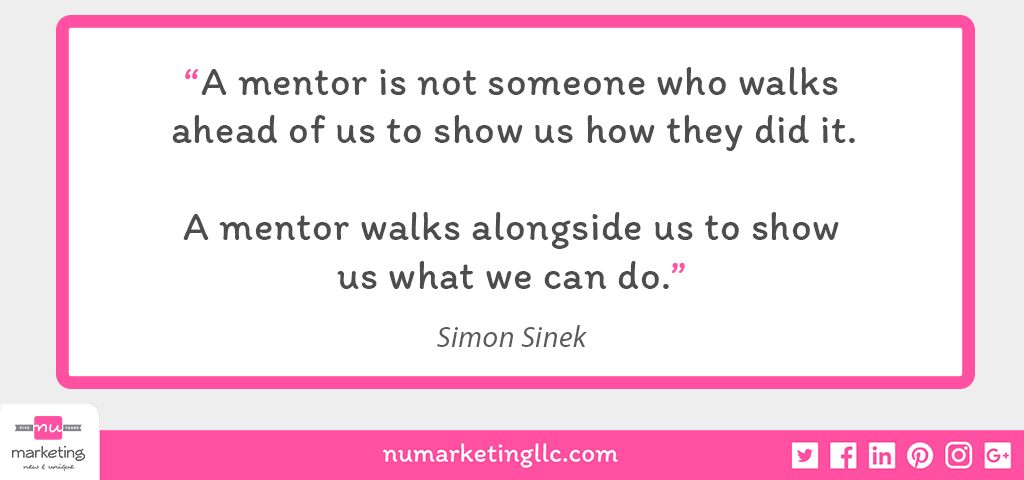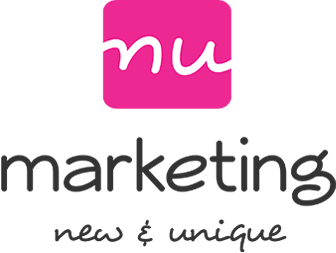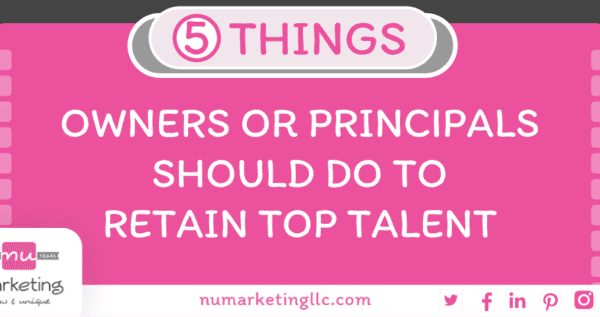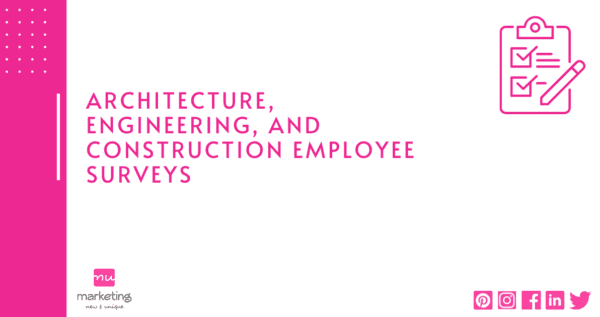
Recently, I was challenged and inspired to write an article about recruiting and retention with regard to company culture. An industry colleague had written about how recruitment and retention wasn’t even discussed 5 years ago, because we were climbing out of a recession. Now, it’s the hottest topic in the architecture, engineering, and construction industry: recruitment and retention of talent… good talent!
Culture is part of your firm’s marketing and part of your firm’s brand. It’s what people (whether it be employees, clients, or prospects) are saying about your firm. It’s the systems and processes you have in place — or don’t have in place. It’s the way you treat employees and clients. It’s the way your receptionist answers the phone. It’s the details. Culture is engrained in your organization and usually takes years to change, if that is something your firm is striving to accomplish.
Have you ever walked into a Cold Stone Creamery? If you have, they immediately greet you with a warm “Welcome to Cold Stone!” (I admit I have been to quite of few, and they all say this.) Their greeting gives a welcoming feeling to the customer, but it also builds a relationship between the employee and the customer. The customer feels like a part of the family, not just the next person in line.
Employees see your culture on a more regular basis than your clients do. So they know what the firm’s “real” culture is, regardless of what the marketing may be saying. Your employees also naturally share your company culture through interactions with most everyone they encounter: prospects, clients, industry partners, friends, and family. That’s why it’s so important for the culture to match what is marketed and what the firm is all about; it must align with the perception in the marketplace. If your firm touts work-life balance yet doesn’t allow flexible schedules or parents to get off early to attend a child’s event, then that’s not practicing what you preach. Do you say you have a relaxed environment, yet everyone is required to wear sport coats? What you say should match what you do. Period. This is your culture. What each employee says and does on a daily basis is your company’s culture.
Some companies completely miss the boat. It’s so important to listen, train, inspire, develop, and motivate employees. If you don’t have these five characteristics, your company probably isn’t growing. Even worse, it may be dying. Let’s talk about how each one plays a part in your firm’s culture and how it relates to retention and recruitment.
Listen
As a firm owner, you must listen to your employees in good times and in bad. Listening can be a difficult trait these days, because we are all so busy. Stop and listen to what your employees have to say. If you must be deliberate, then set up a one-on-one with them. You must at least do this with all the people that report to you. If you work for a larger firm, make an effort to talk to other employees that don’t report to you, too. As the firm leader, it builds rapport with the entire team.
When employees see you are listening to them, they’re more likely to give you additional, valuable feedback. One doesn’t have to implement everything employees suggest, but the leadership team must still communicate the ideas they plan to execute. Listen to your employees, because they have great ideas! If you have hired the right people for the right seats in the bus, that means they are all more talented in areas that you aren’t. Utilize their strengths and listen to your employees.
Train
Give your employees the resources they need to grow. Whether you set up an in-house training program, hire a third-party training company, or send them off-site for training, ask employees what type of training they need. They want to get better at their job, and they appreciate a company who invests in THEM and believes in THEM. Training will take your company to the next level.
nu marketing completed client surveys for a firm and discovered through questioning that clients actually realized the investment this firm was making in its employees. Several of the clients interviewed noted that Firm X trains their people, which in turn allows them to deliver a better project to the client. By training employees, it’s better for the client, too, not just the employee. Training is an investment of time and money, but it’s a small price to pay to retain your great talent.
I have also seen construction companies include training as a line item in their fee. This shows the clients they are making the investment in the employee by providing training. Training saves money in the long run, because employees are more confident and efficient in their role. Train your people — or they’ll find another firm to train them.
Inspire
As the leader in the firm (or even as an employee of a firm), it’s your job to inspire those you work with (whether they report to you or you report to them). Inspiration is something an employee feels on the inside, so you must inspire employees to do their best and utilize their strengths. When an employee is utilizing their strengths, they are much happier in the firm and more likely to stay there. Inspiration is encouraging them when they are frustrated and rewarding them when they do something well. Positive reinforcements inspire employees everyday to do better and continue doing the right things for the firm and for the clients.
Develop
Employees need to develop into their best, and as a company, you should help them accomplish this. Both the superior/leader and the employee need to put a development plan together on what each employee wants to accomplish and what areas they need or want to be developed. Most people want to improve and strive to be their best. Companies must give them the resources to develop and to be the best employee they can for the firm. That development could be in terms of technical skills, but many times it’s about developing people into leaders, which in turn contributes to the company’s long-term growth.
Communicating with employees about their personal development plan makes them realize the company does believe in them. The employee sees the investment being made and appreciates the time and money spent to develop their skill set.
Motivate
Motivation is something from the outside that compels the employee to take action. If you have inspired them as a leader, then they are motivated to do the job at hand. Knowing there are rewards and consequences also motivates employees, although rewards are MUCH more effective than consequences. Encourage employees to invest in themselves and their strengths. People get much better at their strengths when they invest in developing them vs. developing their weaknesses.
By listening, training, inspiring, developing, and motivating employees, you will recruit and retain great talent. It doesn’t happen overnight, and this must become a part of your overall company culture. Consistently reinforce a learning culture as part of your firm’s core values. Training and developing are a part of your brand and part of how you market your firm. Make the investment in your employees today. You won’t regret it. I promise.
Nu marketing provides marketing and business development consulting for architects, engineering, and contractors. Contact us today for more information on how we can help market your firm to recruit and retain great talent.
You can read the article referenced above here.



